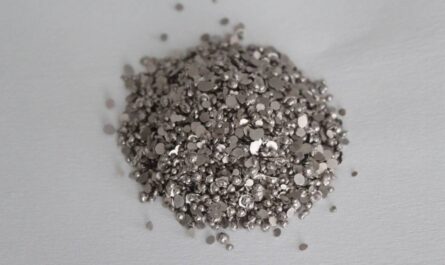Helium is the second most abundant element in the universe after hydrogen. On Earth, most helium exists as a gas in the atmosphere. However, helium can also be cooled and liquefied into a liquid state. Both gaseous and liquid helium have unique properties and important industrial applications. This article will explore the properties and uses of gaseous and liquid helium.
Properties of Gaseous Helium
Lightweight yet inert
One of the most distinctive properties of gaseous helium is that it is very lightweight. One liter of helium gas weighs less than one gram, making it the lightest known gas. Despite its light molecular weight, helium is chemically inert and nontoxic. It does not react with other elements or compounds under normal conditions. This chemical inertness allows helium to be used for applications where reactions must be avoided.
Low boiling point
Helium has an extremely low boiling point of only 4 Kelvin (-269°C) at atmospheric pressure. This is the second lowest boiling point of any element, after hydrogen. Its low boiling point means that liquid helium must be stored in highly insulated thermos flasks known as Dewars to prevent rapid evaporation. This property is important for helium’s role in cryogenics research requiring extremely cold temperatures.
Uses of Gaseous Helium
Balloons and airships
Perhaps the most iconic use of gaseous helium is for filling balloons and blimps. Its light weight allows balloons and airships to rise much higher than if filled with normal air. The chemical inertness of helium also means filled balloons do not ignite or react with their contents. As a result, helium balloons are commonly used for celebrations and advertising.
Welding and cutting
In industrial welding and cutting processes, pressurized helium gas is used to produce a stable arc. Compared to air plasma arcs, helium plasma arcs allow for faster cutting speeds and higher welding quality. The chemical inertness of helium also prevents contamination of welds. Welding gases usually contain a mixture of argon and helium.
Cryogenics
One of helium’s most important uses is in the field of cryogenics research. Its ultra-low boiling point allows helium to reach temperatures within a few degrees of absolute zero. Liquid helium is used as a refrigerant for cooling atoms to ultracold temperatures needed for quantum physics experiments. It is also used to cool superconducting magnets in MRI scanners.
Properties of Liquid Helium
Two liquid phases
When cooled to its boiling point of 4 Kelvin, helium undergoes a phase change from a gas to a liquid. Interestingly, if cooled further it enters a second liquid phase known as He-II or superfluid helium around 2.17 Kelvin. In its superfluid state, helium behaves as a superfluid with no viscosity and ability to climb walls and containers.
Bose-Einstein condensate
If cooled extremely close to absolute zero (0 Kelvin), gaseous helium can form a Bose-Einstein condensate. In this state, a large percentage of atoms occupy the lowest quantum mechanical state and exhibit macroscopic quantum mechanical effects. Producing a Bose-Einstein condensate requires temperatures within billionths of a degree above absolute zero, only achievable using liquid helium.
Uses of Liquid Helium
MRI and NMR technologies
Liquid helium is pivotal to applications of magnetic resonance imaging and spectroscopy technologies. MRI machines contain superconducting magnets which are cooled using liquid helium. This allows the magnets to generate strong, stable magnetic fields without resistance for high quality medical imaging. NMR spectrometers also use liquid helium-cooled superconducting magnets.
Particle accelerators
Superconducting electromagnets cooled by liquid helium are essential components of particle colliders and accelerators. They generate the intense magnetic fields needed to steer and focus particle beams. Some of the largest liquid helium plants in the world support particle accelerators at CERN and Fermilab.
Space exploration
In the early space race, liquid helium was instrumental for developing cryogenic rocket technologies. It remains important for testing cryogenic fuel tanks and pumps. Additionally, while in space the extremely low temperatures achievable with liquid helium are valuable for infrared astronomy and detecting cosmic background radiation.
Both gaseous and liquid helium have extraordinary properties that have enabled advances across diverse fields including medicine, materials research, space exploration, and high-energy physics. Their low boiling points, chemical inertness, and ability to reach temperatures within millikelvins of absolute zero have made them indispensable coolants and cryogens. With growing helium demand for MRI machines, particle accelerators and other 21st century technologies, assuring long term helium supplies remains an ongoing challenge.



